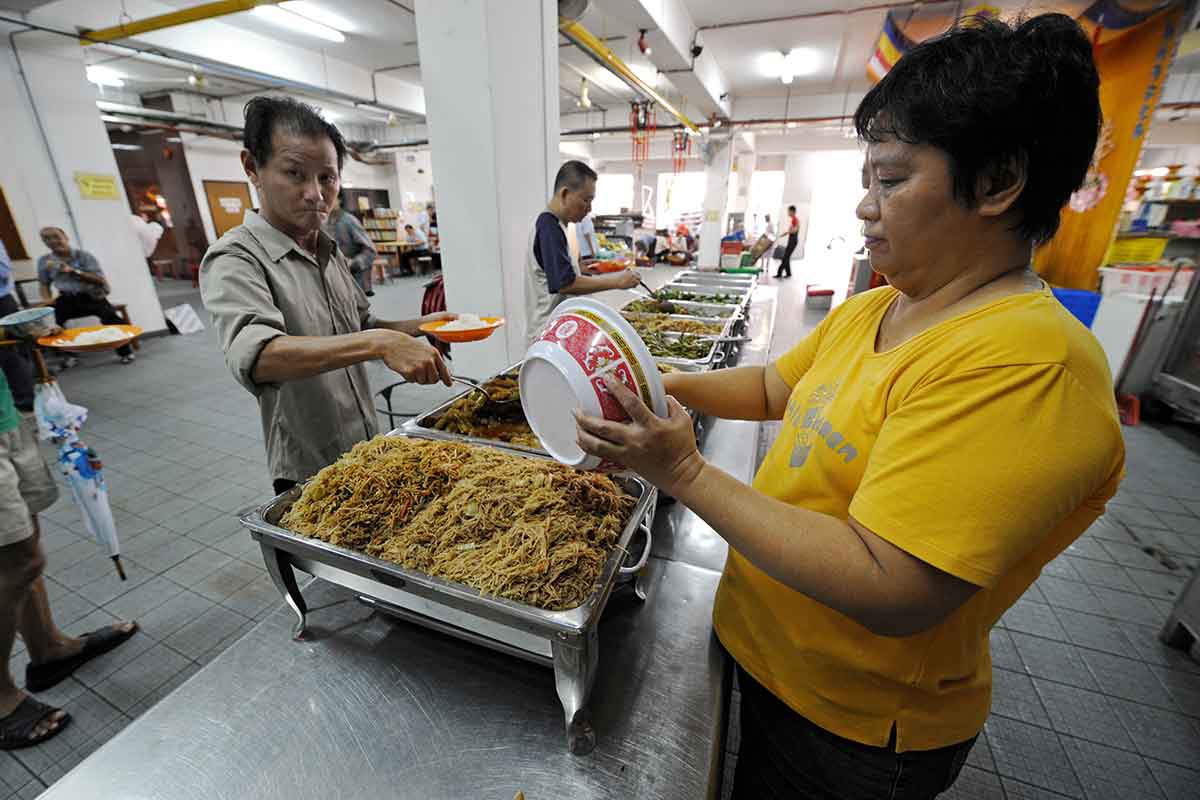Last week, international non-profit groups Development Finance International (DFI) and Oxfam published a report ranking governments around the world based on their efforts in tackling the gap between the rich and the poor. Noteworthy from that report as far as ASEAN is concerned was the extremely low rating Singapore obtained. Out of 157 countries studied, Singapore was placed 149th next to countries like Lao PDR, Madagascar, Sierra Leone and Nigeria, to name a few.
Singapore had the biggest drop in the Commitment to Reducing Inequality Index (CRII) 2018, falling from third in ASEAN to eighth, 22nd (from 12th) in the Asia-Pacific, and 149th (from 86th) globally. Oxfam said this was due to Singapore introducing "harmful tax practices." Personal income tax was raised by two percent but the maximum rate for high earners remained capped at 22 percent in the island state.
In response to the report’s findings, Singapore Social and Family Development Minister Desmond Lee said that while the income tax burden on Singaporeans is low and almost “half the population” does not pay any income tax, “they benefit more than proportionately from the high quality of infrastructure and social support that the state provides.”
He also claimed that 90 percent of Singaporeans owned their homes and home ownership was 84 percent even among the poorest 10 percent of households. “No other country comes close,” he added.

Source: Development Finance International (DFI) and Oxfam
Singapore’s poor
Although Singapore mostly keeps its poverty statistics under wraps (the country has no official poverty line), there have been slip-ups in the past that have given some glimpses at the level of poverty in the country. In May last year, for instance, when Health Minister Gan Kim Yong unwittingly exposed that 1.3 million Singaporeans (38 percent of the population in 2017) are eligible for the Community Health Assist Scheme (CHAS).
In order to be eligible for this scheme, one has to have a household monthly income of less than SGD1,800 (US$1,309). This is only about SGD1,440 (US$1,047) in take-home pay after deductions for the Central Provident Fund (CPF), the country’s retirement scheme. An individual with a take-home pay of SGD1,440 is considered “poor” as the amount is less than half the median monthly salary of SGD4,056 (US$2,951) in 2016, and less than a quarter of the gross domestic product (GDP) per capita of SGD6,097 (US$4,436) in a month.
The latest statistics (2017) provided by the Ministry of Social and Family Affairs (MSF) revealed that families living in poverty and relying on ComCare assistance jumped 43.4 percent in the three years between 2012 and 2015, from 20,572 families to 29,511 families. No statistics were given for 2016.
While it’s true that the poor in Singapore are not burdened by income tax, they are not completely free of taxation. Singapore implements a seven percent goods and services tax (GST) even on basic necessities like food which is not exempted.
Lessons from the Danes
Compared to Singapore’s 22 percent capped personal income tax rate, as of 2017, Denmark – which ranked highest in the CRII – has its lowest income tax rate at eight percent for those with an income of up to DKK48,913 (US$7,598) while its highest rate is at 55 percent for those with an income of more than DKK521,304 (US$80,980).
Additionally, taxation of unearned income (which includes such things as pensions and capital income) is capped In Denmark at 51 percent for those earning more than DKK479,600 (US$74,502). There is also a taxation on share income which is capped at 42 percent for those earning more than DKK51,700 (US$8,031). Share income includes dividends and profit or loss from shares.
As for income tax in Denmark, those earning a gross income of DKK75,000 (US$11,650) pay an average tax rate of 17.2 percent and this number progresses to as much as 51.6 percent for those earning a gross income of more than DKK3,000,000 (US$466,027).
Despite boasting one of the highest personal income tax rates, Denmark consistently ranks among the happiest countries in the world. A Gallup survey from 2014 showed that almost nine out of 10 Danish citizens happily pay their taxes. Happiness Research Institute Chief Executive Officer Meik Wiking attributes this to the awareness of Denmark’s welfare model which is designed to use its collective wealth to ensure the well-being of its people.
“We are not paying taxes. We are investing in our society. We are purchasing quality of life,” he explained.
A progressive tax is one that imposes a lower tax rate on low-income earners compared to those with a higher income, based on the taxpayer's ability to pay. At the end of the day, Singapore will have to decide whether it will take from its rich and give to its poor as is the case in Denmark, or continue with its current 22 percent tax rate and hope that its poor can continue to make ends meet with ComCare assistance.
Related articles:
A race to close the inequality gap
